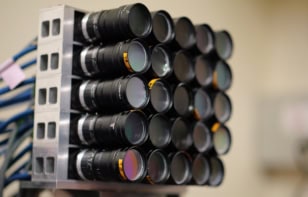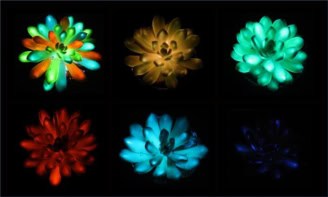Physicists in the US have shown that plasmas can be used to kill the bacteria that cause tooth decay. John Goree and colleagues at the University of Iowa have used a hand-held "plasma needle", which works at room temperature, to kill Streptococcus mutans grown in a glass dish (J. Phys. D: Appl. Phys. 39 3479). Although the needle is only an experimental device at the moment, the researchers say it could one day be used by dentists to replace mouthwash as a much more efficient way of eradicating oral bacteria.

Plasmas are ionised gases that are routinely used in materials processing and the semiconductor industry. Unfortunately, the temperatures in most plasmas are so high that they would immediately kill living cells, which has ruled them out for biological applications. Three years ago, however, physicists at the Eindhoven University of Technology in the Netherlands developed a plasma needle that works at room temperature.
Goree and colleagues have now used an almost identical device to kill a colony of S. mutans bacteria that were grown on a glass Petri dish. The device consists of a sharp tungsten needle 5 centimetres long and 0.3 millimetres across placed inside a glass tube through which helium gas is passing (figure 1). When a high, radio-frequency voltage is applied to the device, the electric field at the sharpest point of the needle is so high that it ionises the helium gas leaving the tube to produce a plasma. But because the plasma region is very small — less than 1 millimetre across — its temperature remains low enough to touch.
The needle produces a circular or ring-shaped “killing spot” roughly 5 mm in diameter, the precise shape of which depends on how fast the gas is flowing (figure 2). The researchers say that oxygen and hydroxide radicals in the plasma, which survive for less than a millisecond, are responsible for killing the bacteria. If left to grow unchecked, S. mutans can cover the surface of your teeth and eventually make holes in them.
“[Using a plasma needle would be] a significant advance over mouthwash, which uses long-lived bactericidal chemicals that linger in the mouth,” explains Goree. “Here, we generate short-lived radicals within a millimetre of the surface to be treated that kill the bacteria.” The team would now like to identify whether it is the oxygen or hydroxide radicals that are most responsible for destroying the bacteria.




